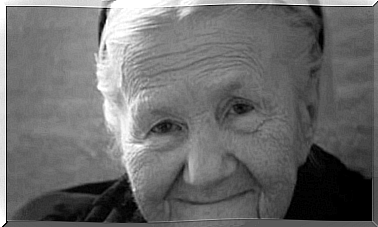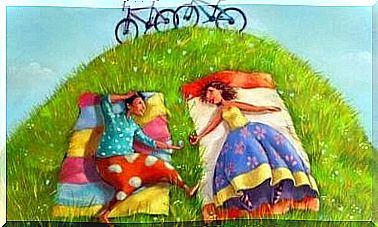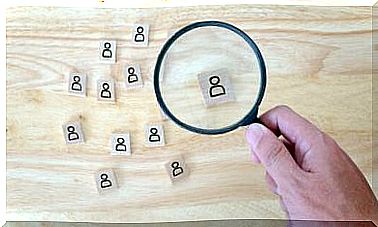Cyclothymia: Symptoms, Causes And Treatment
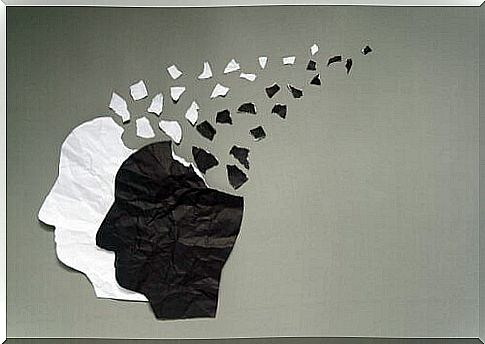
The main trait of cyclothymia (cyclothymic disorder) is a chronic and fluctuating alteration of the mood. We can say that cyclothymia is in a sense “the little sister” of bipolar disorder.
In cyclothymia , mood fluctuation causes numerous hypomanic symptoms and periods of depressive symptoms that are different from each other. Hypomanic symptoms are insufficient in number, severity, generalization, or duration to meet the criteria for a hypomanic episode.
The same is true with depressive symptoms, insufficient in number, severity, generalization, or duration to meet the criteria for a major depressive episode. If not, we would be talking about bipolar disorder. This is why we call cyclothymia the “little sister” of bipolar disorder.
Hypomania and depressive symptoms
When we speak of hypomania, we are referring to a state similar to mania , but of lesser intensity. Hypomania is a psychiatric disorder that manifests itself as a transient onset of irritability or excitement. It is a less serious or “incomplete” form of a manic episode.
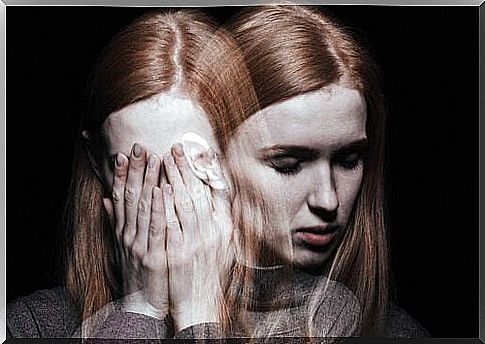
Symptoms of hypomania include an exalted mood for several days, associated with agitation, decreased sleep time, hyperactivity and exaggerated self-esteem, with important changes compared to the person’s previous state. Hospitalization is usually not necessary, contrary to what happens with mania.
As for the depressive symptoms of cyclothymia, we can say that they are the same that we find in every depressed person. However, they are not as noticeable and intense as those of a major depressive episode .
Characteristics of cyclothymia or cyclothymic disorder
To make a diagnosis of cyclothymia, symptoms must last at least two years and occur almost every day. In the case of children and adolescents, the criterion is one year. The intervals between one episode and another should not exceed two months.
A diagnosis of cyclothymia is made only if the criteria for a major depressive episode, manic or hypomanic, are not met.
Cyclothymia should not be diagnosed if the mood swings pattern is due to schizoaffective disorder, schizophrenia, schizophreniform disorder, delusional disorder, or other schizophrenia spectrum disorder or other psychotic disorder.
Cyclothymia should also not be confused with mood alteration due to the physiological effects of a substance or another medical condition. Certain substances (drugs or medications) can trigger similar symptoms.
As with most psychological disorders, there must be a clinically significant alteration or involvement to diagnose cyclothymia. This alteration can occur in the social, work or other important areas, and is the result of altered moods.
What are the diagnostic criteria for cyclothymia?
According to the DSM-5 ( Diagnostic and Statistical Manual of Mental Disorders ), we speak of cyclothymic disorder when the following diagnostic criteria are met:
- For at least two years (one year in children and adolescents) there have been hypomanic symptoms that are not related to a hypomanic disorder and numerous depressive symptoms that do not meet the criteria for a major depressive episode.
- The hypomanic and depressive periods were present for at least half the time and for more than two consecutive months.
- The criteria for a major depressive episode, manic or hypomanic, are not met.
- Hypomanic symptoms are not related to a schizoaffective disorder, schizophrenia, schizophreniform disorder, delusional disorder or other schizophrenia spectrum disorder and other specified or unspecified psychotic disorders.
- Symptoms cannot be attributed to the physiological effects of a substance (e.g. a drug, drug) or another medical condition (e.g. hyperthyroidism).
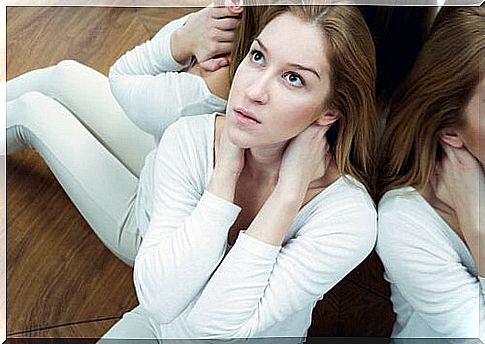
This disorder is insidious and its course persistent. A patient with core cyclothymia has a 15-50% risk of later developing bipolar I or bipolar II disorder.
Cyclothymia is a disorder related to bipolar disorder, from which it differs in that hypomanic symptoms do not meet the criteria for a hypomanic episode and depressive symptoms do not meet the criteria for a major depressive episode.


